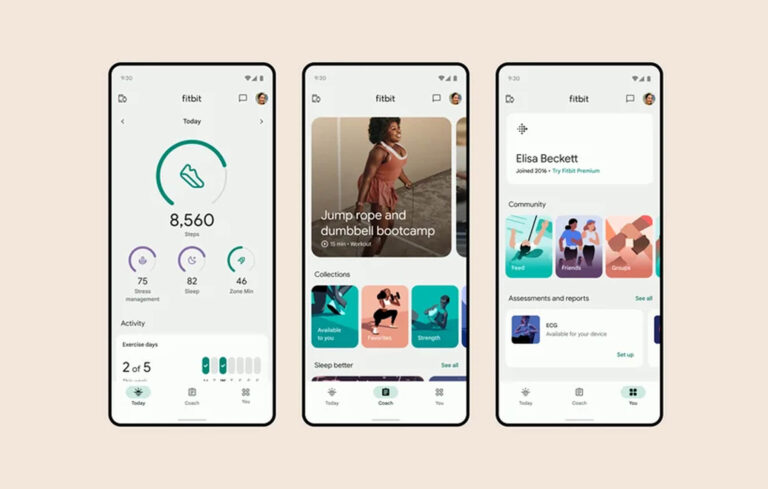
Human resources management has evolved significantly in the last decade as per Charles Spinelli. Organizations now rely on data-driven strategies to optimize workforce performance. One of the most specialized areas in this evolution is strategic workforce analytics. This field focuses on using data to make informed decisions about hiring, training, retention, and overall employee management. It bridges human capital strategy with organizational goals. By analyzing employee trends and patterns, HR departments can anticipate challenges and implement proactive solutions.
Strategic workforce analytics is more than simple data collection. It involves interpreting complex datasets to provide actionable insights. HR professionals use predictive models to forecast workforce needs. They also identify skills gaps and evaluate employee productivity. This approach transforms traditional HR practices into measurable, outcome-driven processes.
Key components of strategic workforce analytics include data integration, predictive modelling, and performance measurement. According to Charles Spinelli, these components work together to enhance decision-making and improve overall efficiency. For instance, integrating multiple HR data sources allows for a comprehensive understanding of employee performance. Predictive models then provide foresight into potential workforce challenges.
The application of workforce analytics can be examined through several practical aspects:
- Talent Acquisition Efficiency:
Workforce analytics helps identify the most effective recruitment channels. By analyzing historical hiring data, HR can determine which methods yield the highest quality candidates. This reduces recruitment costs and minimizes turnover risks. Predictive models can also forecast future hiring needs based on organizational growth and market trends. - Employee Retention Strategies:
Data analytics allows HR departments to pinpoint factors contributing to employee attrition. Key indicators include engagement scores, career progression, and workload distribution. By addressing these factors, organizations can implement targeted retention strategies. This ensures continuity and reduces the cost associated with high turnover rates. - Skill Gap Analysis and Training:
Strategic analytics enables HR professionals to identify existing skill gaps within the workforce. Training programs can then be tailored to address these deficiencies. This approach not only enhances employee capability but also aligns workforce skills with organizational objectives. Continuous monitoring ensures that training initiatives remain effective and relevant. - Performance Management and Evaluation:
Employee performance can be tracked and evaluated more objectively through analytics. Key performance indicators, productivity metrics, and feedback patterns provide a clear picture of individual and team contributions. Data-driven performance reviews help HR departments make fair and transparent decisions regarding promotions, rewards, and developmental needs. - Workforce Planning and Optimization:
Predictive workforce models allow organizations to anticipate staffing requirements. This includes planning for peak workloads, seasonal demand fluctuations, and long-term strategic initiatives. Optimized workforce planning ensures that the right talent is available at the right time, improving operational efficiency and reducing resource waste.
Despite its advantages, implementing strategic workforce analytics requires careful planning. Organizations must invest in technology, establish data governance policies, and train HR personnel in data interpretation. Ethical considerations also play a critical role, as employee data must be handled with transparency and confidentiality.
As organizations continue to recognize the value of human capital, strategic workforce analytics will become increasingly central to HR practices. According to Charles Spinelli, by leveraging data effectively, companies can make informed decisions that enhance productivity, engagement, and organizational growth. This approach represents a shift from reactive HR management to proactive, strategic human resource planning. Companies that adopt this methodology gain a competitive advantage, as they are better equipped to anticipate challenges, retain top talent, and optimize workforce performance.





